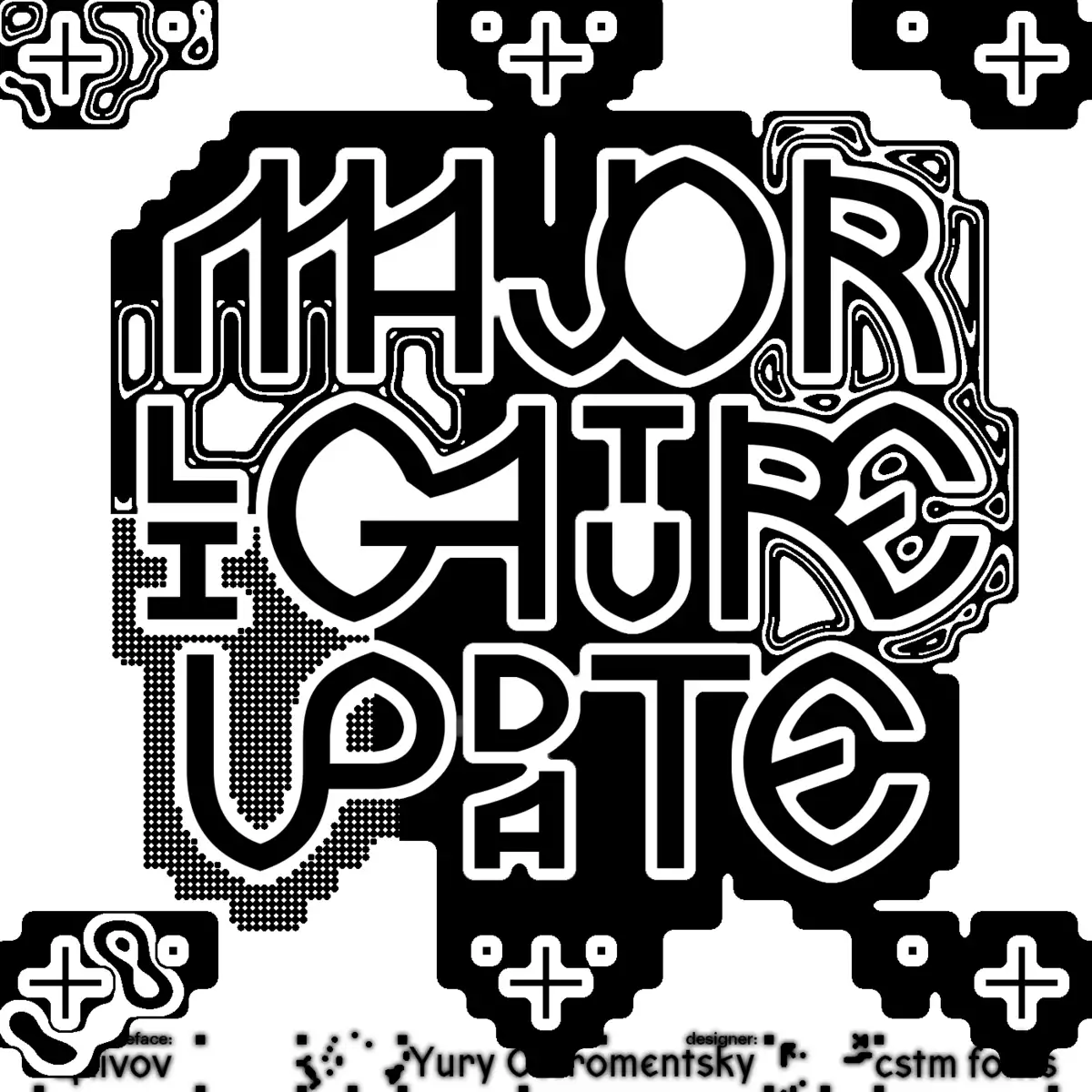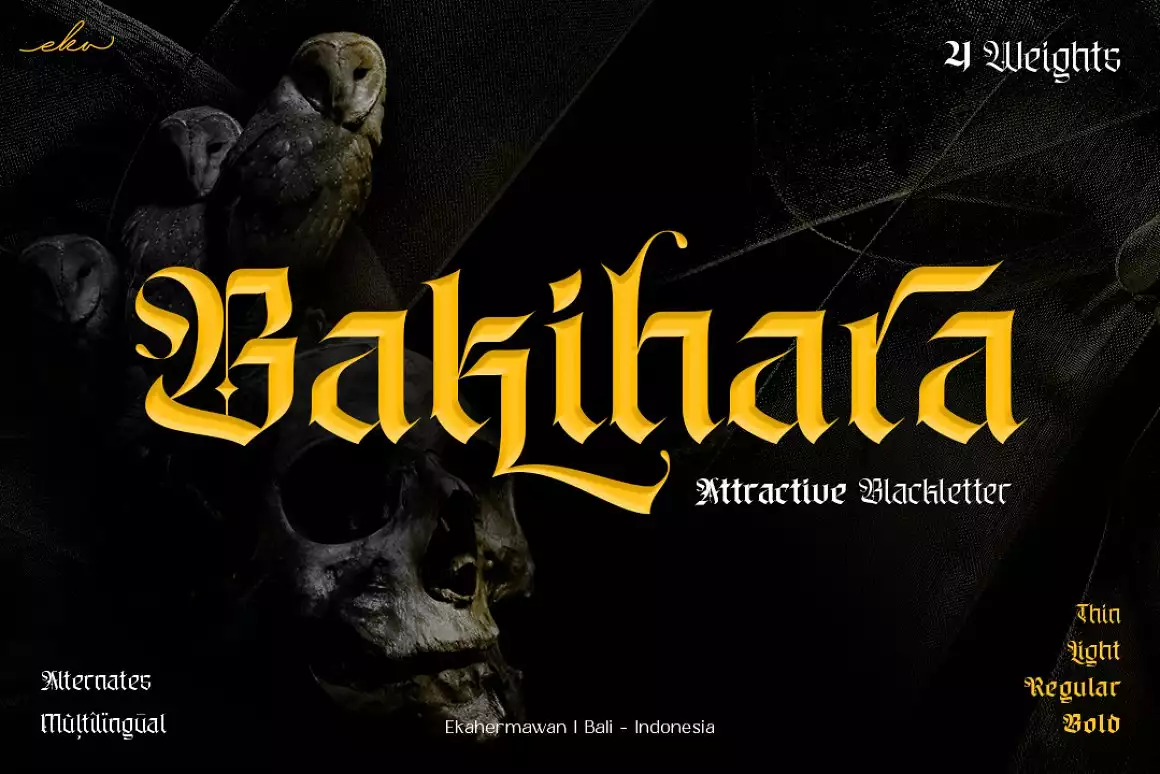The goal of this experiment was to design a multi-purpose typeface based on early Cyrillic graphics. The glyph forms are cleared of contrast, decorative elements and stylistic features of any specific age, or writer. They are as close to skeleton as possible to make the typeface contemporary, fairly neutral, yet definitely early-Cyrillic (pre-Westernisation) style.
The typeface was named after Viktor Zhivov — philologist, professor at the Russian Language Institute of Russian Academy of Sciences in Moscow and at the Department of Slavic and Languages and Literatures at the University of California, Berkeley — with whom Yury Ostromentsky was lucky to meet and talk about the Old Slavic script, but also the lack of a versatile working tool for researchers specialized in the Slavic languages and literature. That is how the idea of this project was conceived. We hope that we were able to design a typeface which will help scientists, a quite capable tool that will both preserve the glyph forms and work beyond any specific style, be relevant both in a book about the Ostromir Gospels and in a book on birch bark manuscripts.
This font version contains kerning, and OpenType features, supports Basic Cyrillic, Central Europe Latin, the entire Old Cyrillic (archaic) section of Unicode, including variations of certain symbols, ligatures and early Cyrillic figures. Such as: seven sets of uppercase ligatures, inspired by Old Slavic ligatured writing, accents, Old Slavic diacritical symbols to denote omission — titlos, specific symbols to denote thousands, tens and hundreds of thousands, millions (like t’ma, vran, koloda), as well as such amazing glyphs as the Multiocular O (ꙮ), for example.
Zhivov Font Free Download

















